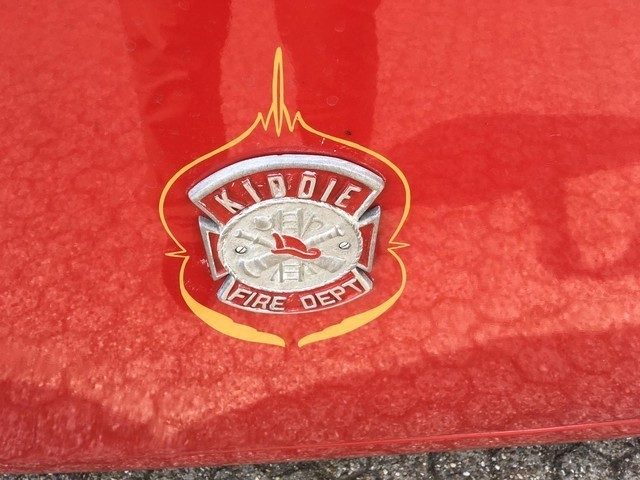… And less successful than hoped. The Crosley, the brainchild of Powell Crosley, was the first mass-produced small American car. Crosley started his career in radio and radio broadcasting bizniz. But he was a real thinker and also 'made' fridges, washing machines and even airplanes without any problems. But he actually liked cars the most.
Crosley was a price thinker that AliXpress could have learned from
He thought in terms of money, but also in quality. Shocked at the $ 100 price tag for a regular radio, Crosley used an over-the-counter manual to build his own radio from parts. Crosley's $ 20 'Harko' radio quickly made him a household name with consumers. In 1924 he owned the largest radio factory in the world. There he also made the first popularly priced car radio, the Roamio.
By the XNUMXs, Crosley had invested his newfound fortune and talent for innovation in the home appliance world. He invented a non-electric, kerosene-powered freezer for farmers that he called the "Icyball." He was also the first to offer the rather revolutionary idea of shelved-in-door refrigerators, the 'Shelvador'.
A car for the masses
By 1939, with these early successes behind him, Crosley was finally able to revive his dream of producing a mass-produced car. A Volkswagen. The original two-seater Crosley sedan had a two-meter wheelbase, weighed only around 450 pounds. And used a Waukesha boxer two-cylinder, air-cooled engine. Similar to that of the post-war one Citroen 2CV. With a price tag of just $ 325 to $ 350, the car was competitively priced compared to the competitor in that small car segment. The American Bantam that sold for $ 449 to $ 565.
In 1949 Crosley began building CIBA (“Cast-Iron Block Assembly”) engines and offered them cheaply for retro-fitting in 1946-1948 cars. The new cast-iron engine was barely 700 cc in size and fitted with an overhead camshaft.
By then, Crosley vehicles were booming mechanically and aesthetically. Crosley also proved to be a visionary in automotive safety by being the first to introduce disc brakes for production cars. While still handling a tight retail price of $ 900.
In 1950, Crosley raised the bar even higher with the introduction of the Hot Shot Super Sports roadster. Even critics, such as famed car tester Tom McCahill, were impressed. In a 1951 review, McCahill praised the Hot Shot in Mechanix Illustrated, calling Crosley's `` Mechanized Roller Skate '' a great American sports car.
"This thousand dollar biscuit tin on castors"
… Wrote McCahill, “is a great sports car with a compression ratio of 10 to 1 (all) in its class ever delivered. If a team of six Crosley Super Sports were racing with a team of six MGs in Bridgehampton or Watkins Glen, I'd put my hundred dollars on the nose of the Crosley Team every time. The super sports hold the road like glue and curves like a small Ferrari. ” Considering a Crosley won the first race at Sebring in 1950, McCahill had certainly made a good guess.
The end of the story
In 1952, after Crosley deposited his personal fortune in the company, he gave up and sold the factory in Marion, Indiana. The engine itself was produced in various forms, including Homelite (later Bearcat) four-stroke outboards, until 1970.
So why didn't Crosley succeed where Volkswagen did later?
In retrospect, timing had a lot to do with it. Even in 1952, the suburbs were just beginning to flourish, and second cars in every household were considered a real luxury. Crosley's market was limited to the United States, while Volkswagen cars were sold around the world with economies of scale to match. With healthy sales worldwide, VW could afford to wait for the small car market to develop.
Today, Crosley convertibles - especially the upgraded models from 1948 to 1952 and the Hot Shot and Super Sport open sports cars - can run for $ 25.000. Conversely, early (1946-1947) Crosley sedans are available for under $ 6.000 in number 3 / good condition. Station wagons come in at under $ 20.000, which probably would have made Powell Crosley smile, as his cars were never meant to be affordable, not `` valuable. ''
And because America was the land of unlimited possibilities, special Crosleys were also made. About twenty of the 'fire engine' in the photos have been made for amusement parks. We found this copy in Terborg, where Roy Bolks has a predilection for 'strange classics'. In the trailer there is room for a whole bunch of children for which the 1,5 meter rule does not apply. Sweet right?
Also interesting to read:







